Like most things related to Disability, Disability Pride Month goes unacknowledged by most people and forgotten. Yet, pride is such an important thing for the Disabled community to embrace. Disabled people are depicted in the media as tragedies, as lacking, as insufficient, as burdens.
The scary part is, we Disabled people internalize these messages and start believing them about ourselves. But pride stands in opposition to these inherited scripts of self-loathing. Pride gives us the motivation to come together as a Disabled community and challenge the assumptions about us and the things that seek to reduce us. Pride allows us to resist.
July is Disability Pride Month, and yet there are currently no events planned for Disability Pride Month by the City of Peterborough.
Disabled, LGBTQ2IA+ activist and educator Fran Odette points out a disparity in visibility within the Peterborough community.
“As I move through Peterborough, I am so much more aware of Queer folks that are much more open about taking up space and it is wonderful to see that,” Odette says
“I don’t see a lot of Disabled people, particularly folks with mobility devices out on the street. I don’t think Peterborough is particularly disability-friendly. For Disabled folks, where do we go?”
So, what is Disability Pride and what does it mean for Peterborough residents?
“Disability Pride means being real about who I am—without shame, without masking,” Em Farquhar-Barrie says
Farquhar-Barrie is a local Disabled artist who facilitates art programmes for adults with developmental disabilities. They indicate that they are learning how to show up as their authentic self, and that having pride in disability is important to that self discovery.
“It’s about naming the truth: that Disabled is not a dirty word. Pride means holding both the joy and the grief, the strength and the struggle,” Farquhar-Barrie says.
Farquhar-Barrie observes how Disability Pride Month allows them to show who they are and work towards belonging.
“It’s a time to be visible—to celebrate our identities, challenge ableism, share resources, and show that we belong. Disability Pride Month reminds us that our lives and stories matter.”
Peterborough Disabled artist and accessibility advocate Sioux Lilly Dickson says that “Disability Pride means I love being me now and taking space that I deserve.” She notes that she did not always have pride in her identity and had to deal with people telling her how she could be in the world and how to reinforce the status quo.
Fran Odette believes Disability Pride to be about “pushing against the narrative that we are burdens as a Disabled community.”
“It is so unusual for so many people to hear that we can live with pride as Disabled people. It is especially important for people to have the experience of reclaiming Disability as something positive.”
“We need to have space to share our stories to create a collective understanding of the experiences that people have and the things that we have been able to accomplish and have been successful in experiencing,” Odette continues.
“We are still accomplishing so many things that were never even imagined for lots of folks with disabilities. Are we all happy? No, but we need to find the joys in our lives and I don’t want to constantly have to explain to folks that I have joy when they think I should only be suffering,” Odette adds.
Trent instructor Jennifer Endicott, a member of the Deaf community, suggests that Disability Pride means not being ashamed of being Disabled and points out that “our Disability makes us unique.”
Trent student Mitch LaBrosse, another member of the Deaf community, says “I am a proud Deaf person” and he highlights that without bodily diversity, the world would be a boring place.
But does Peterborough encourage Disability Pride?
Em Farquhar-Barrie observes that Peterborough hasn’t gotten there yet.
“There’s still a lot of silence, stigma, and exclusion when it comes to disability. Pride in Disability isn’t something we see reflected widely in public spaces, arts events, or community leadership,” Farquhar-Barrie says.
They point out that the Peterborough community tends to still look at disability as a job for charity and Disabled people as inspirational instead of looking at the Disabled community through the lens of social justice and pride.
However, they suggest that there is some light on the horizon.
“Seeds are being planted. The conversations are starting. Some Disabled folks here are speaking truth, creating art, building spaces — and that’s where real change begins.” Farquhar-Barrie says.
Sioux Lilly Dickson also suggests that it is important for Peterborough to celebrate Disability Pride Month to build strength in community ties.
“We make one another stronger. I think advocates of all stripes need to abandon silos and make a joyful chorus. We're all fighting for equity,” Lilly Dickson says.
“Without a shared sense of pride people are more likely to feel isolated and marginalized. Feeling the pride is amplified when in the company of others being proud too.”
Em Farquhar-Barrie echoes Lilly Dickson’s perspective.
“We build community through care, honesty, and making space for each other—especially for rest, access, and truth,” Farquhar-Barrie says. “I support artists with developmental disabilities in my work, and there’s something deeply powerful in Disabled people helping other Disabled people.”
“It’s not easy—the emotional labor and systemic gaps often fall on us—but we show up because we understand. We show up with gentle care and solidarity, not judgement and shame,” Farquhar-Barrie concludes.
Disability Pride Month provides one of those opportunities for community-building and creating a sense of community not just between Disabled people, but for the able-bodied community to intentionally create community with Disabled people.
Fran Odette doesn’t see Peterborough as a place that exhibits Disability Pride. As a power chair user, Fran points out that the public’s attitude is contrary to a receptive community.
“Peterborough has not felt welcoming,” Odette says. “I’ve been a visitor to Peterborough. Even if places are physically accessible, there is still an attitude about people with disabilities being out in the world.”
Both Endicott and LaBrosse point out that Peterborough rarely has interpreters at events and that accessibility is a constant struggle. LaBrosse points out that he has had to miss important appointments because of the lack of interpreters and accessibility.
As artists, both Lilly Dickson and Farquhar-Barrie point out that disability art in Peterborough has the ability to bring people together.
“Through my own art and my work supporting Disabled artists, I’ve seen how art can be a form of resistance, storytelling, and survival,” Farquhar-Barrie suggests.
“I've been sharing my story more openly on social media—the struggle, the burnout, the beauty—because it’s part of my art process. Even when it’s not visible in the final product, it’s woven into every brushstroke. If it helps even one person feel less alone, that matters to me.”
Lilly Dickson points out that we still have a long way to go in Peterborough toward making an accessible environment where Disabled people feel a sense of belonging.
“Accessibility needs to be considered from the very first plans,” Lilly Dickson says. “The greatest cost is the dignity that is taken from people who deserve to enjoy their community too.”
For her, Peterborough still feels like it is behind the times when it comes to disability, and that the city only really encourages participation from able-bodied people. She points to issues like seating in public, travel, snow removal, and the lack of an Accessibility Compliance Officer as barriers to public participation by Disabled people.
Lilly Dickson wants to tell Disabled people in Peterborough that “We need to take the space, as a group, because we know it will never be freely given.”
Endicott points out that Peterborough needs a forum for the Disabled community so that we, as a collective, can help each other. LaBrosse echoes this sentiment and suggests that we need a safe space for discussion of Disability in Peterborough, which is currently lacking.
Odette points out that Peterborough needs Disability Pride because “It’s not like we don’t exist in every city. We do. But when buildings exclude us, where do we congregate to celebrate who we are?”
“I wish there would be a time when you could go into a coffee group as a bunch of Disabled people and not have people assume that we are some kind of therapeutic group,” Odette says.
“Maybe we like each other and just want to hang out! It shouldn’t be a surprise to see a Disabled person in a public space.”
LaBrosse suggests that the city needs to “Listen and learn from us all.”
“We know what we need. We can tell Peterborough what we need,” LaBrosse says. “We are not invisible. That’s how Peterborough can celebrate Disability Pride Month. Recognize that we as Deaf/Disabled people are important to the community.”
We have a long way to go toward accessibility, but Disabled residents of Peterborough suggest that we can start to achieve momentum through visibility and months like Disability Pride Month provide a space for visibility and acknowledgement of the city’s Disabled population.
“We don’t go out and celebrate Disability Pride Month because it is short lived. Until they do more for us, we are sticking with celebrating on social media,” LaBrosse states.
“But it should be everyday. Our fight continues and will not stop ever.”
Correction: This article has been updated on July 21, 2025 to reflect the correct spelling of Mitch LaBrosse's name.


.png)


.jpg)

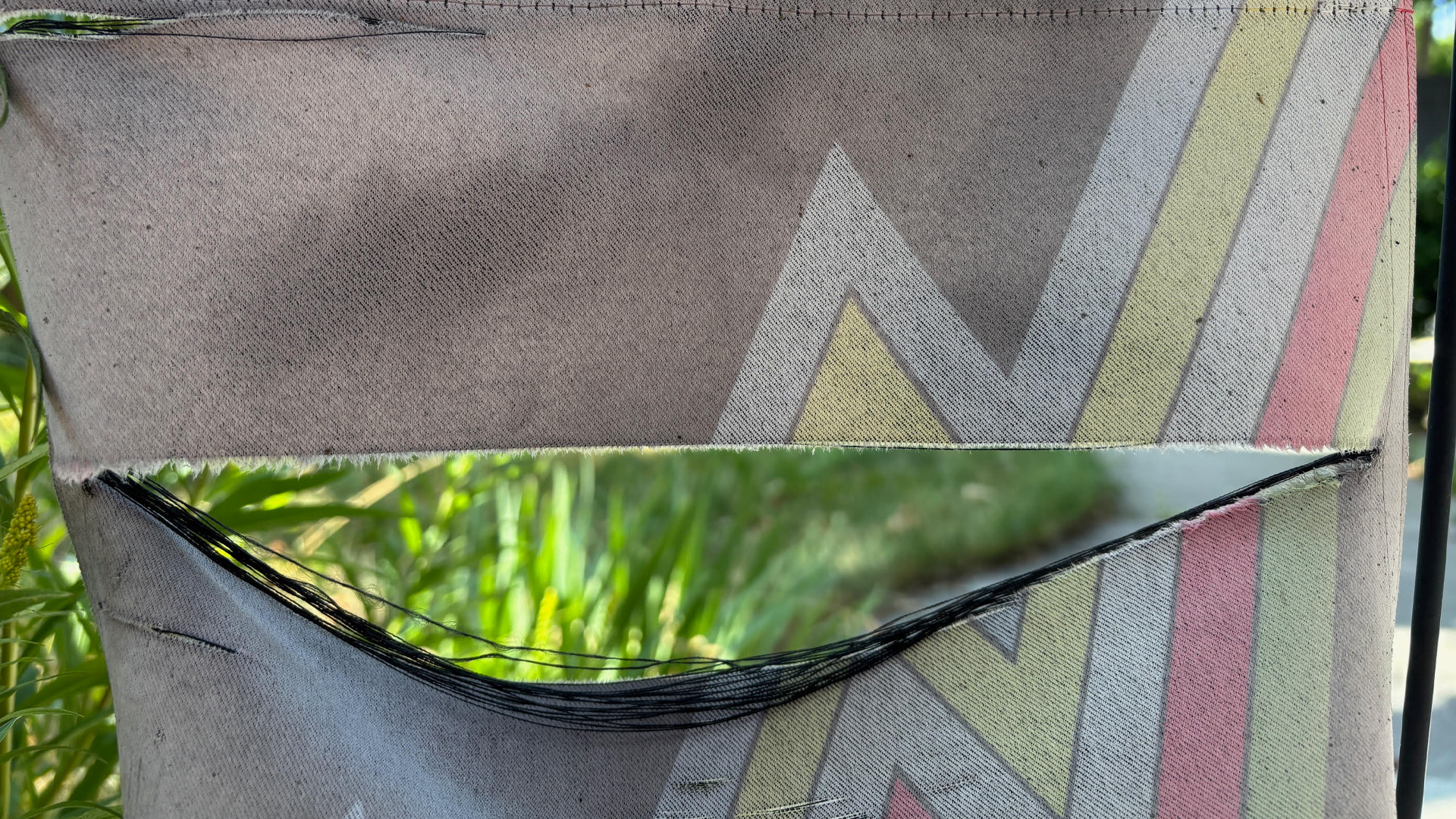
.jpeg)
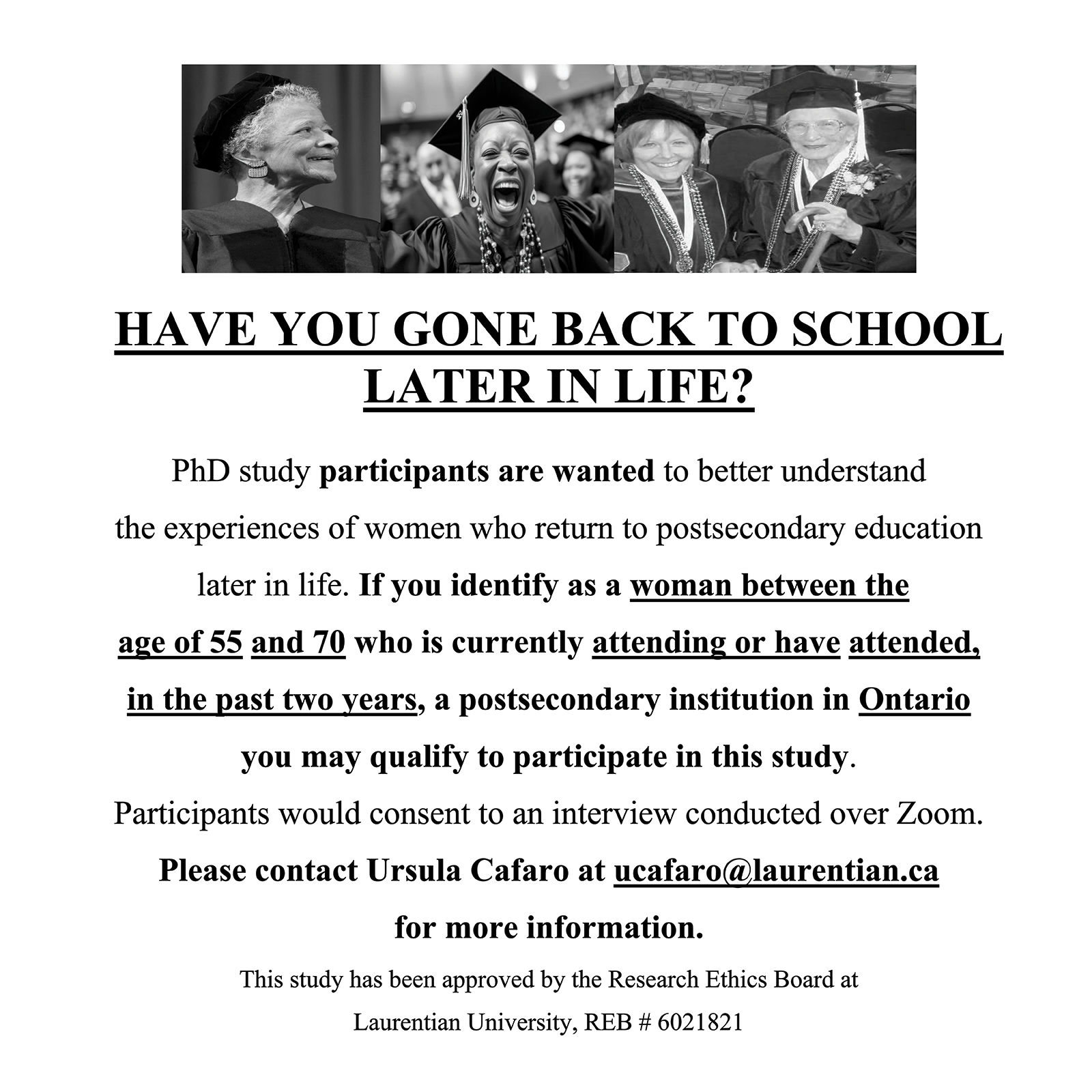

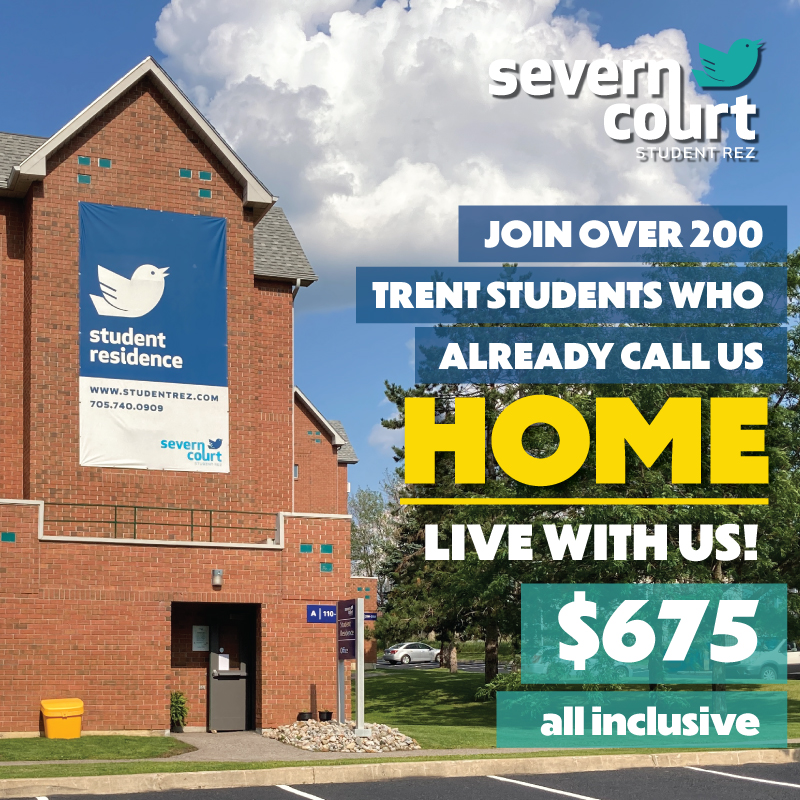
.jpg)

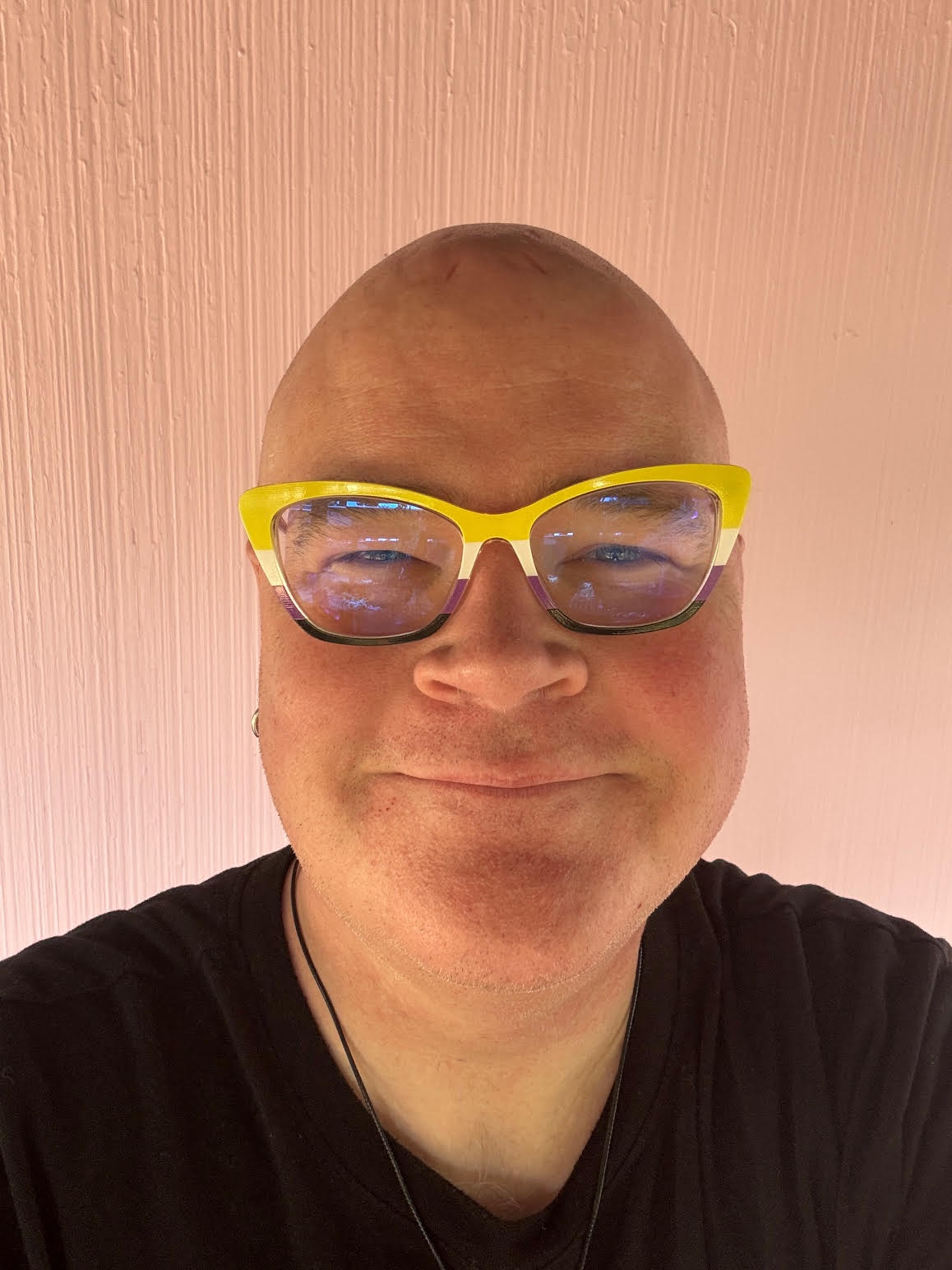
.jpg)
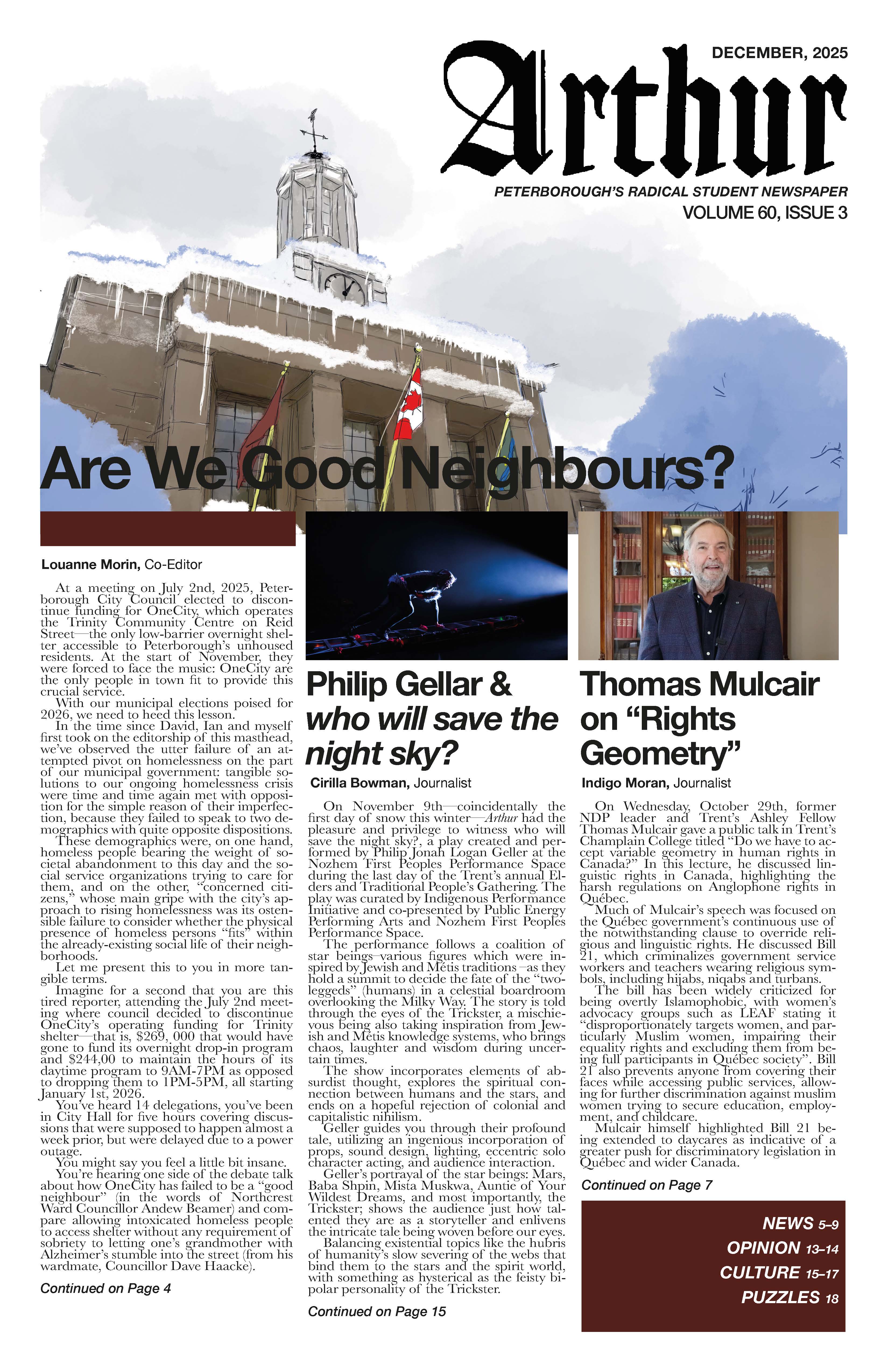
.jpg)



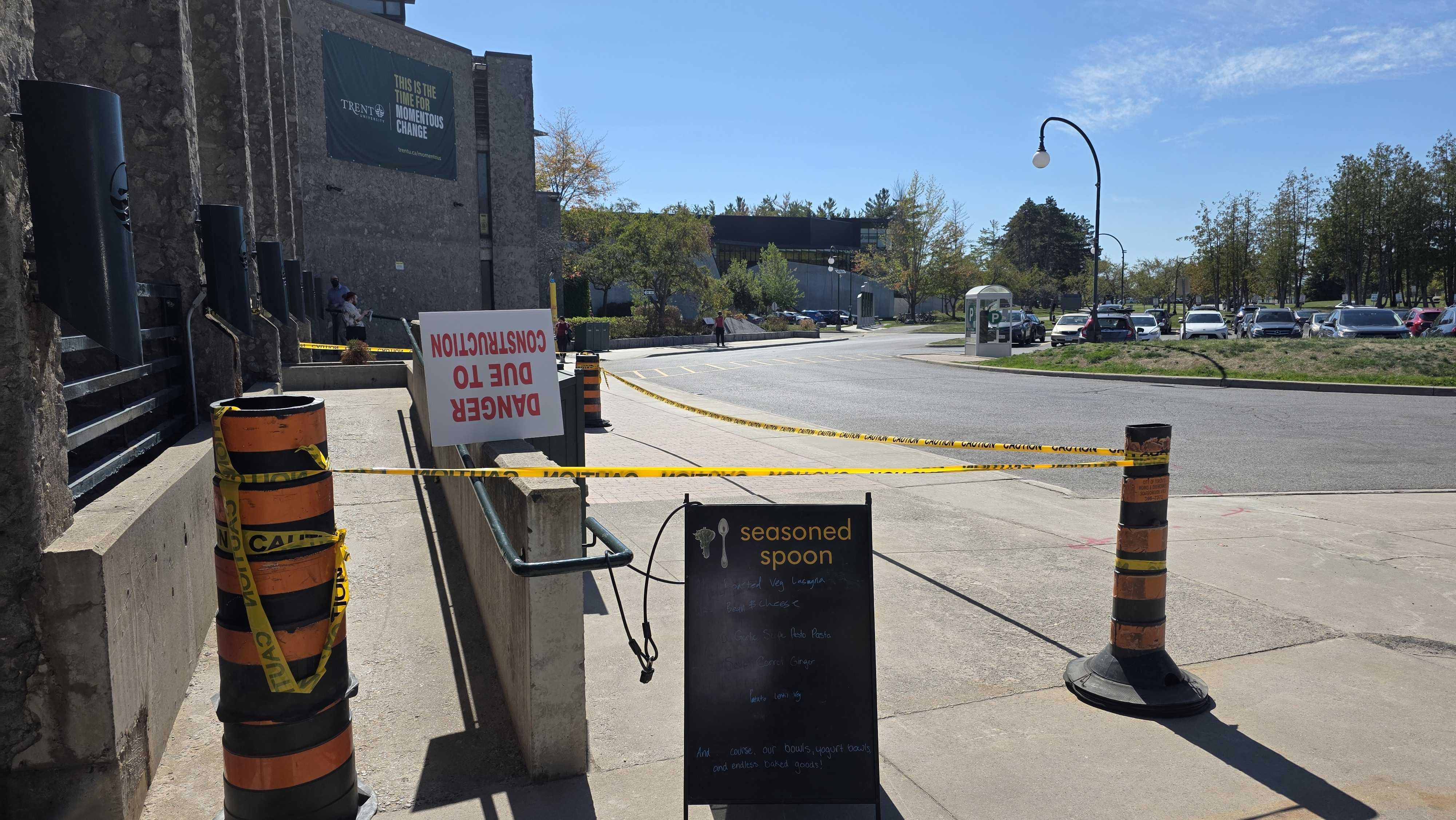



.png)